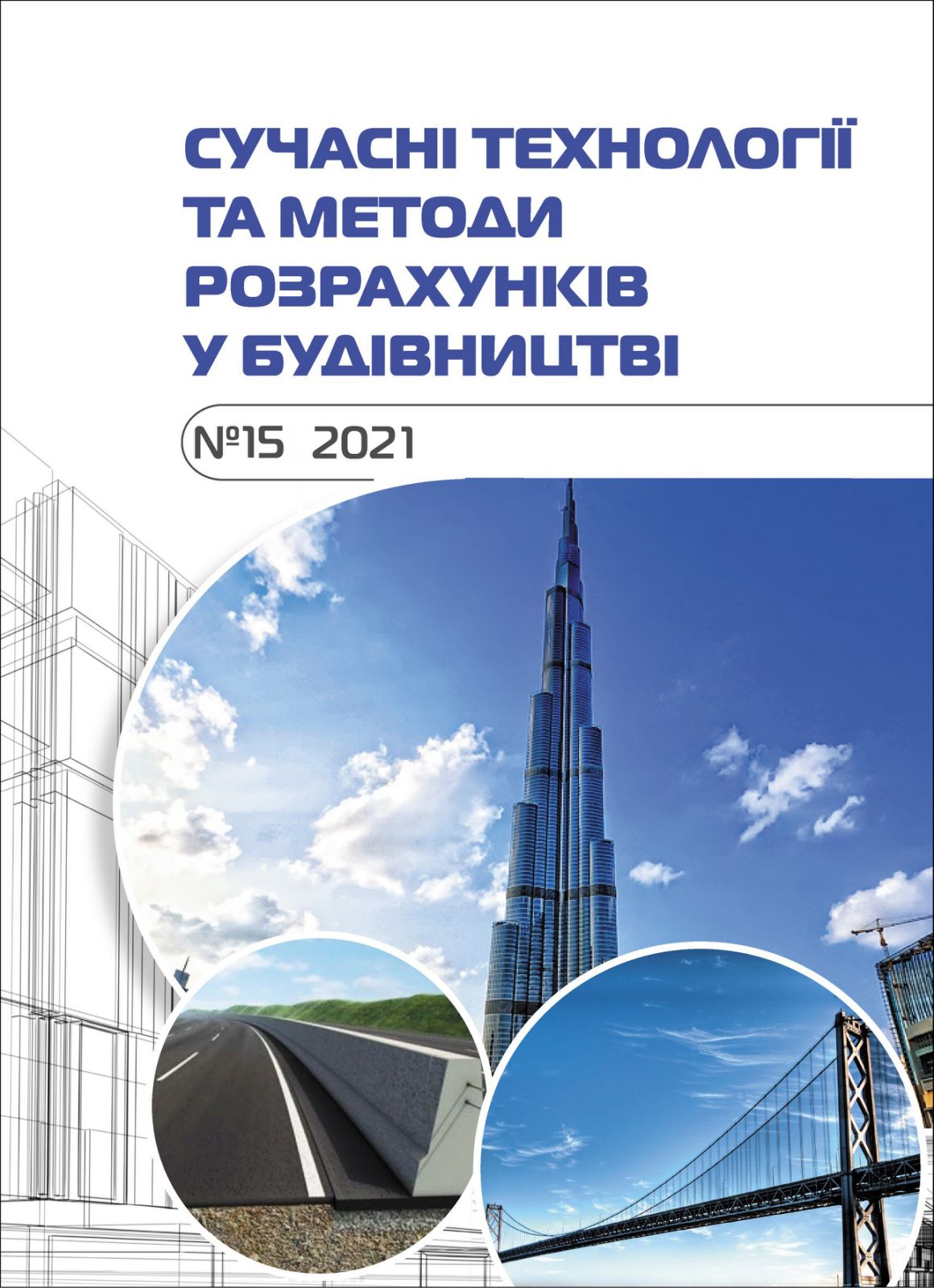Principles of modeling dynamic systems for geodetic monitoring of structures
Abstract
Modeling is one of the most powerful means of research, including complex dynamic systems. Modeling makes it possible to perform computational experiments with systems at the design stage, as well as to study systems with which real experiments are unprofitable due to danger or high cost. At the same time, due to its proximity in form to physical modeling, this research method is available to a wide range of users.
Depending on the system behavior in the time space lagless to distinguish between inertial and dynamic system. Physically due to inertial systems that often occur in engineering and construction surveying accumulate energy coming from input values.
Therefore, it is proposed to consider the dynamic system as a "Black Box". This method first determines the still unknown transfer characteristic of the system only through a number of parameters of the input values and reaction values.
Various computer studies of dynamic models, according to Volterra's theory in the time range, as well as various models in the frequency range have shown that these models can not solve the problem. These models give high-quality models in the mathematical sense, but contradict without exception the physical laws of deformation processes contained in the geodetic field of observation.
In practice, a modified discrete model is often used, which without violating the physical laws of the nonlinear Volterra model has approximately equivalent accuracy.
In this paper, it is proposed to consider the deformation state of the soil dam of Khmelnitsky NPP as a state of a dynamic system. The use of such a model in mathematical terms is highly effective. Compliance with the physical laws of deformation processes is one of the priorities in addressing the simulation. Particular attention should be paid to this fact.








